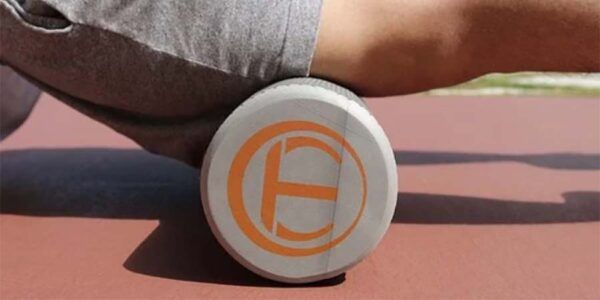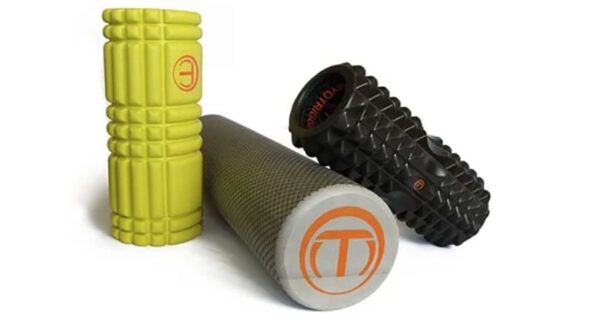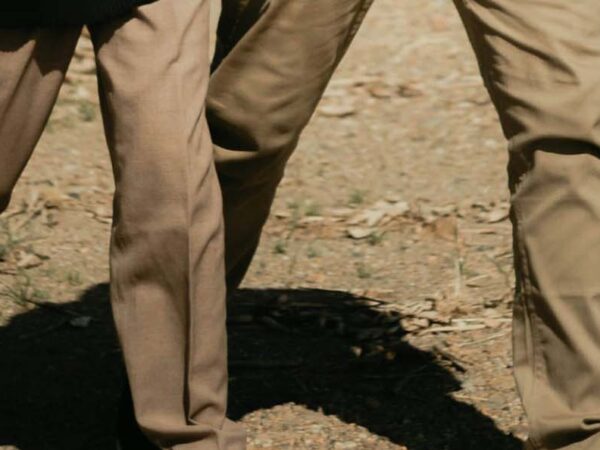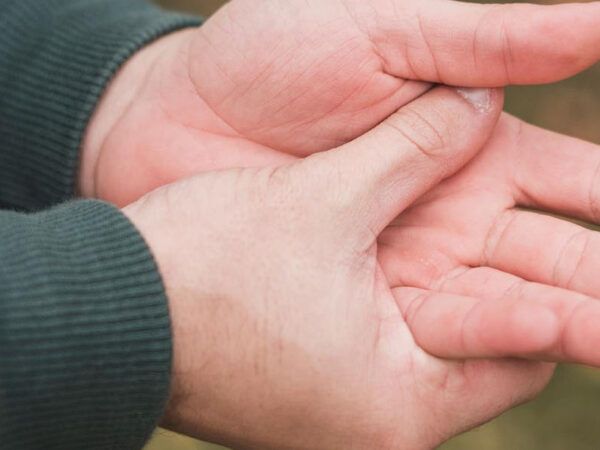What is foam rolling?
The question that we get all the time from patients at the clinic is « can foam rolling help my pain? » Perhaps you may have seen someone at the gym rolling up and down on a cylinder-shaped object at the end of their workout and are wondering what they are doing. Or maybe a friend mentioned to you that they began using a foam roller to treat their knee pain.
What is foam rolling technique?
Foam rolling is a technique in which a roll is used to help relieve muscle tightness and soreness, as well as increase the range of motion in joints. You can perform foam rolling by placing your body part that you want to treat onto the foam roller and slowly applying pressure across the targeted muscles. The time of treatment depends on the area of the body.

The benefits of foam rolling
Foam rolling can be beneficial for easing sore muscles and reducing inflammation. After a heavy workout, or at the end of a long day at work, muscles can become stiff and limit movement. Foam rolling can help loosen up these muscles by stimulating circulation to the areas.
Foam rolling may also increase your range of motion. In addition, when stretching is combined with foam rolling, range of motion can be improved even more. For best results, try to stretch out and foam roll after each workout.
Is foam rolling a safe activity?
If you experience muscle tightness or regularly exercise, foam rolling is generally considered safe to perform. However, if you have a serious injury such as a muscle tear or a ligament sprain, you should consult your doctor or a physical therapist before continuing to foam roll.

Foam rolling should also be avoided directly over small joints like your knees, elbows, and ankles, which could cause you to hyperextend or damage them. Instead, apply pressure with the foam roller over large muscle surfaces such as your calves or thighs in order to avoid joints such as your knee.
How to choose a foam roller?
A foam roller is usually cylinder-shaped and made of dense foam. Foam rollers come in different shapes, sizes, and density.
It may take some trial and error to find the foam roller that’s right for you.
Here are some of the different types of foam rollers available online:
- Smooth rollers have a smooth, dense foam surface. They are best for people new to foam rolling. They offer even texture and aren’t as intense as a textured roller.
- Textured rollers have ridges and knobs on them. They are used to work deeper into muscles, and work out knots and tension.
- Foam-covered massage sticks can be used for a deep massage of your legs or upper back.
- Foam massage balls can be used for targeted muscle areas such as knots in shoulder muscles.
When choosing a foam roller, you’ll also want to take the shape and size into consideration. A shorter roller is more effective for smaller areas like the arms and calves. Shorter rollers are also are more portable if you plan to travel with it.
Takeway
- Foam rolling can be an effective way to reduce muscle tension before starting your workout, especially if you have tension from a previous workout.
- Foam rolling can be an important tool to use while cooling down after exercise.
- If you add a foam roller to your warm-up and cool down routine, you may find yourself feeling less sore in the following days.
- If you regularly sit or stand for your job, or just have aches and pains, foam rolling can be helpful.
- Always talk to your doctor before adding any new tools to your daily routine.
Despite foam rolling, I still feel discomfort and/or pain
If these tips were helpful but your pain is not completely resolved, consulting one of our physiotherapists directly may be the next to help ease your pain. Book an appointment online now with a physiotherapist!
I am not sure if physiotherapy can help me?
It is normal to have questions when trying something new. We now offer the possibility to schedule a free orientation call with a physiotherapist to help you decide if physiotherapy is right for you!




